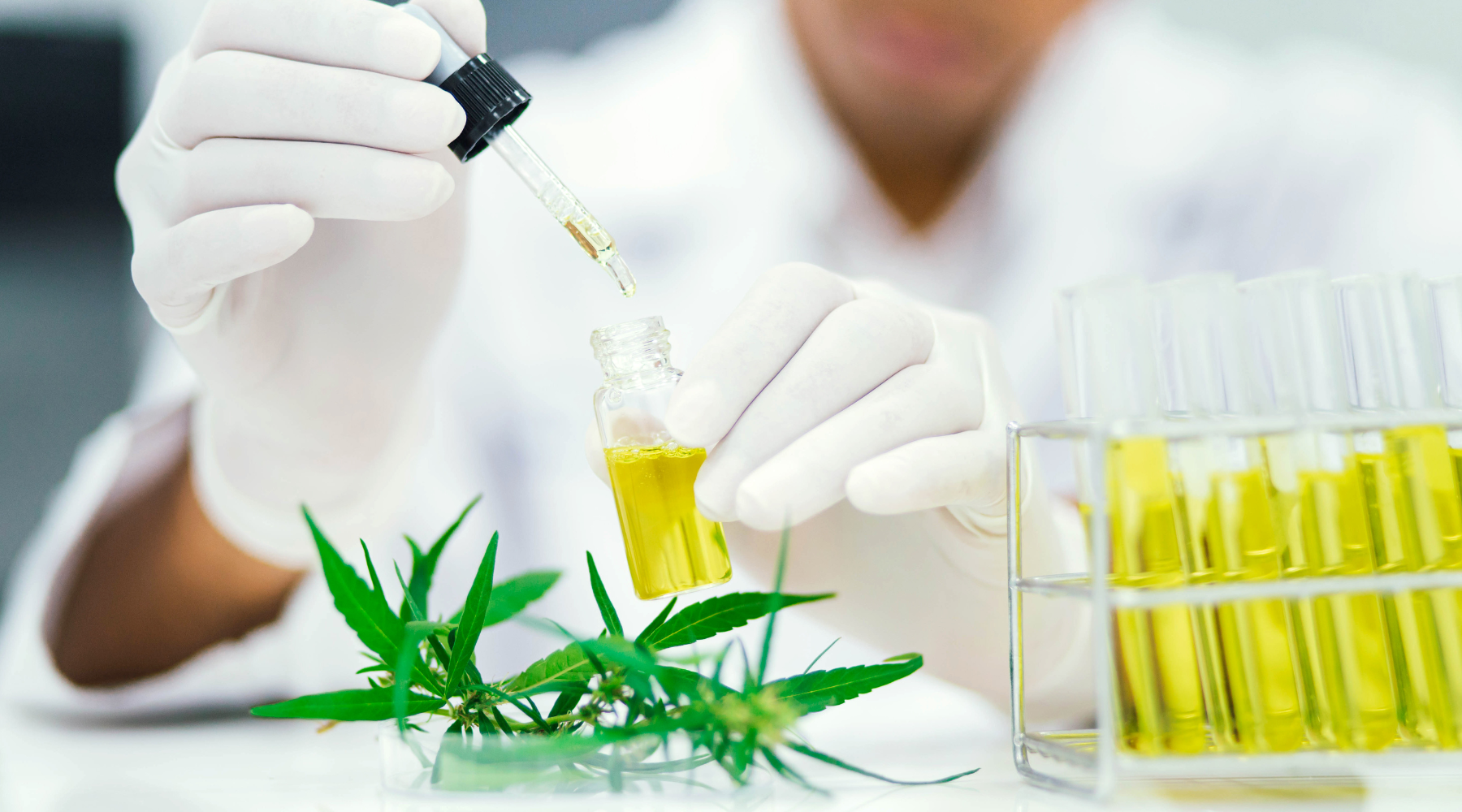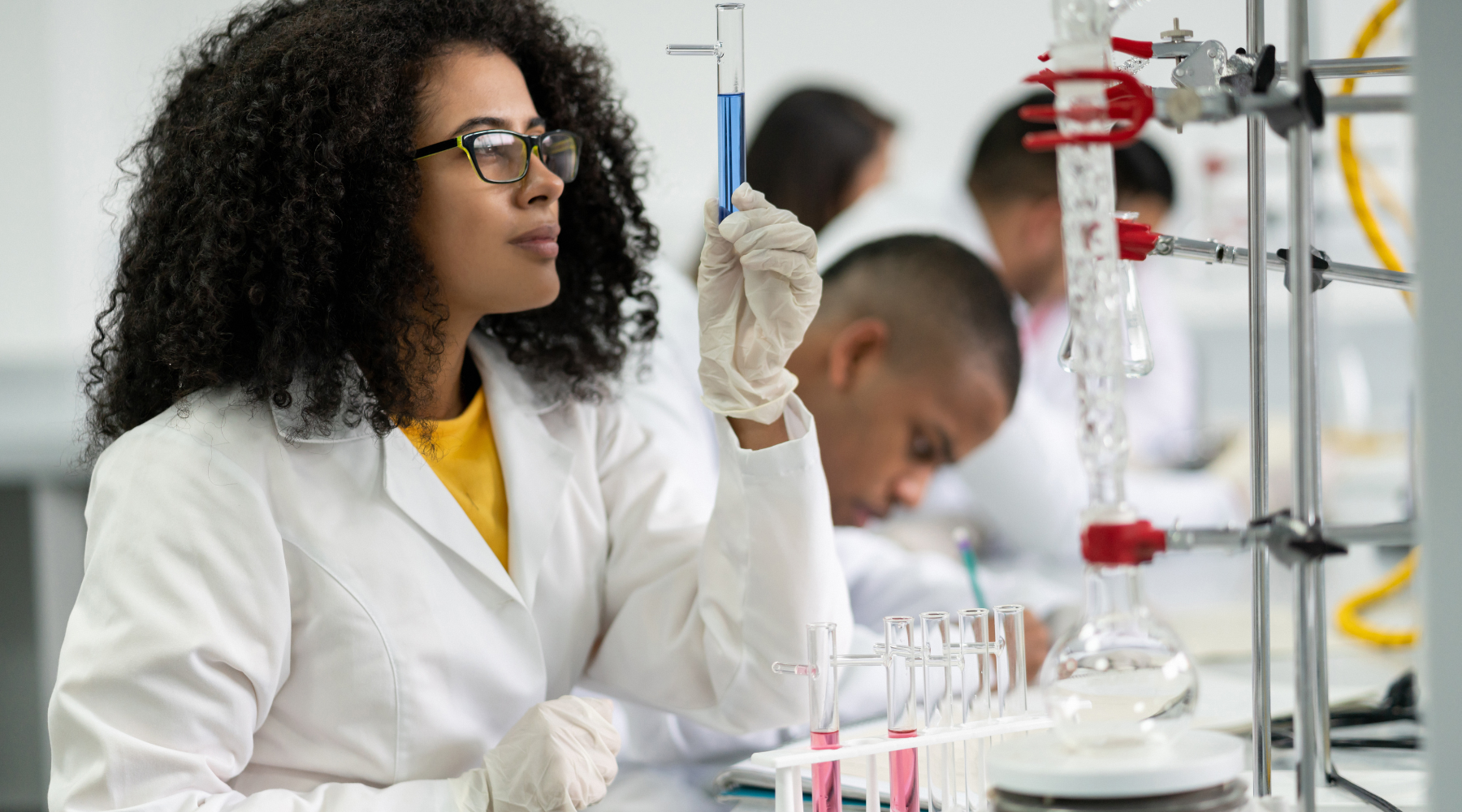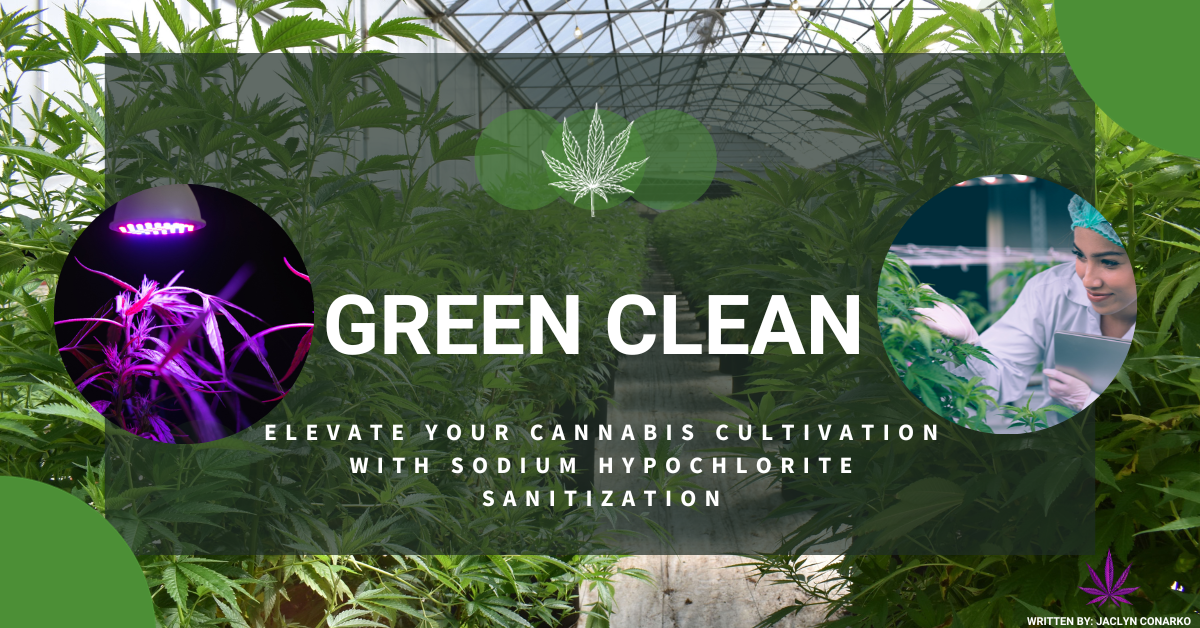
The Top Applications of Sodium Hypochlorite 12.5% in Everyday Industries
Sodium Hypochlorite 12.5%: A Versatile Industrial Essential
Sodium hypochlorite, widely recognized as bleach, is an industrial powerhouse with a range of applications spanning healthcare, water treatment, food processing, and cleaning. Often overlooked, this potent chemical plays a pivotal role in maintaining cleanliness and safety across various industries. In this article, we explore the top applications of Sodium Hypochlorite 12.5% and other essential chemicals in everyday industrial practices.
Sodium Hypochlorite 12.5% Overview
Sodium Hypochlorite 12.5% (NaOCl) is a powerful greenish-yellow liquid commonly known for its disinfectant properties. Unlike household bleach, this industrial-strength solution balances disinfection efficacy with safe handling. Sodium hypochlorite is vital in industries where sanitation is crucial, offering potent solutions to common disinfection challenges.
Applications of Sodium Hypochlorite 12.5%
1. Healthcare
In healthcare environments, infection control is paramount. Sodium Hypochlorite 12.5% is widely used to sterilize medical equipment, disinfect hospital surfaces, and reduce the risk of healthcare-associated infections (HCAIs). Its antibacterial properties make it particularly effective in dental practices for root canal irrigation.
Other essential disinfectants like Isopropyl Alcohol 99% and Isopropyl Alcohol 99.9% ACS are also crucial in sterilizing medical tools, cleaning surfaces, and producing hand sanitizers and wipes.
2. Water Treatment
Sodium Hypochlorite 12.5% is a primary chemical used in water treatment plants. It disinfects drinking water by oxidizing harmful microorganisms, making the water safe for consumption. It is also effective in neutralizing a wide array of harmful compounds that may contaminate water sources.
Additionally, Hydrochloric Acid 37% plays an important role in water treatment for pH adjustment and in swimming pools for chlorination.
3. Food Processing
In the food industry, Sodium Hypochlorite 12.5% is commonly used to sanitize equipment, surfaces, and even wash fruits and vegetables to eliminate harmful pathogens. This powerful disinfectant ensures food safety at various stages of production.
In addition to sodium hypochlorite, Acetic Acid Glacial 99% ACS is widely used as a preservative and food additive in products like mayonnaise, ketchup, and other condiments.
4. Cleaning and Sanitization
Sodium Hypochlorite 12.5% is essential for household and industrial cleaning. Its strong disinfectant properties make it ideal for cleaning high-traffic areas, bathrooms, and kitchens, ensuring surfaces are free from bacteria, fungi, and viruses.
For additional cleaning support, Isopropyl Alcohol 70% is a great complement for sanitizing surfaces, cleaning electronics, and acting as a solvent in various industries.
Safe Handling of Sodium Hypochlorite 12.5%
While Sodium Hypochlorite 12.5% is incredibly effective, it must be handled with care. Always wear the proper personal protective equipment (PPE), including gloves and safety goggles, and store it in a cool, well-ventilated area. Ensure it's kept away from acids and organic materials to prevent hazardous reactions.
Other chemicals such as Acetone Technical Grade also require similar safety measures when handling, due to their volatile and flammable nature.
Conclusion
To summarize, Sodium Hypochlorite 12.5% stands tall as an irreplaceable element in several industries due to its efficient disinfecting qualities. From healthcare to food processing, from water treatment to household cleaning, this powerful chemical is used in various ways to keep our environments clean and safe.
Apart from Sodium Hypochlorite 12.5%, other chemicals such as Isopropyl Alcohol 99%, Acetic Acid Glacial 99% ACS, and Hydrochloric Acid 37% also play significant roles in these industries. The breadth of these chemicals' applications underscores their importance in everyday life, ensuring our water is safe to drink, our healthcare environments are sanitized, and our food is properly processed.









